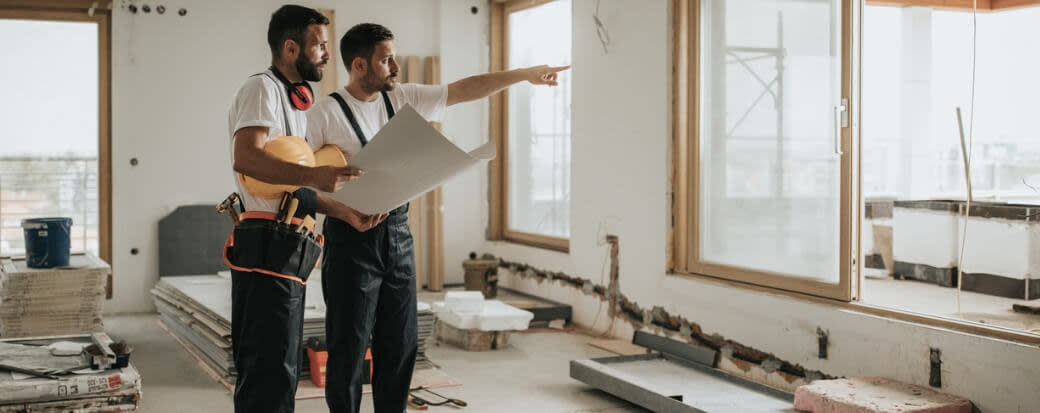Financing a Home Addition in 9 Ways

Share this article:
Editor’s note: Lantern by SoFi seeks to provide content that is objective, independent, and accurate. Writers are separate from our business operation and do not receive direct compensation from advertisers or network providers. Read more about our Editorial Guidelines and How We Make Money.
How Much Does a Home Addition Cost?
Options for Financing a Home Addition
1. Personal Line of Credit
2. Credit Card
3. Cash-Out Refinance
4. Cash
5. FHA 203(K) Loan
6. Home Equity Line of Credit (HELOC)
7. Construction/Renovation Loan
8. Home Equity Loan
9. Personal Loan
Personal Loans with Lantern
Frequently Asked Questions
Photo credit: iStock/skynesher
LNTPL-Q424-012
About the Author
Kim Franke-Folstad is an award-winning journalist with 30 years of experience writing and editing for newspapers, magazines and websites. Her work for SoFi covers a range of topics related to personal finance, including budgeting, saving, borrowing, and investing.
Share this article: